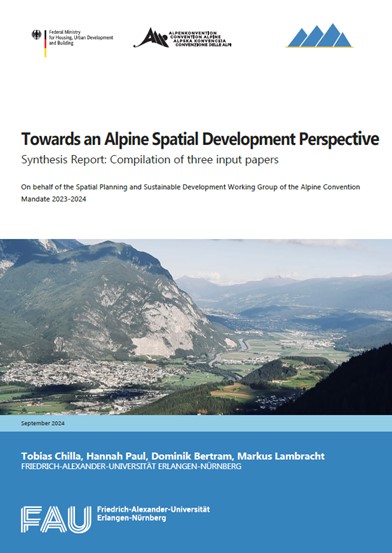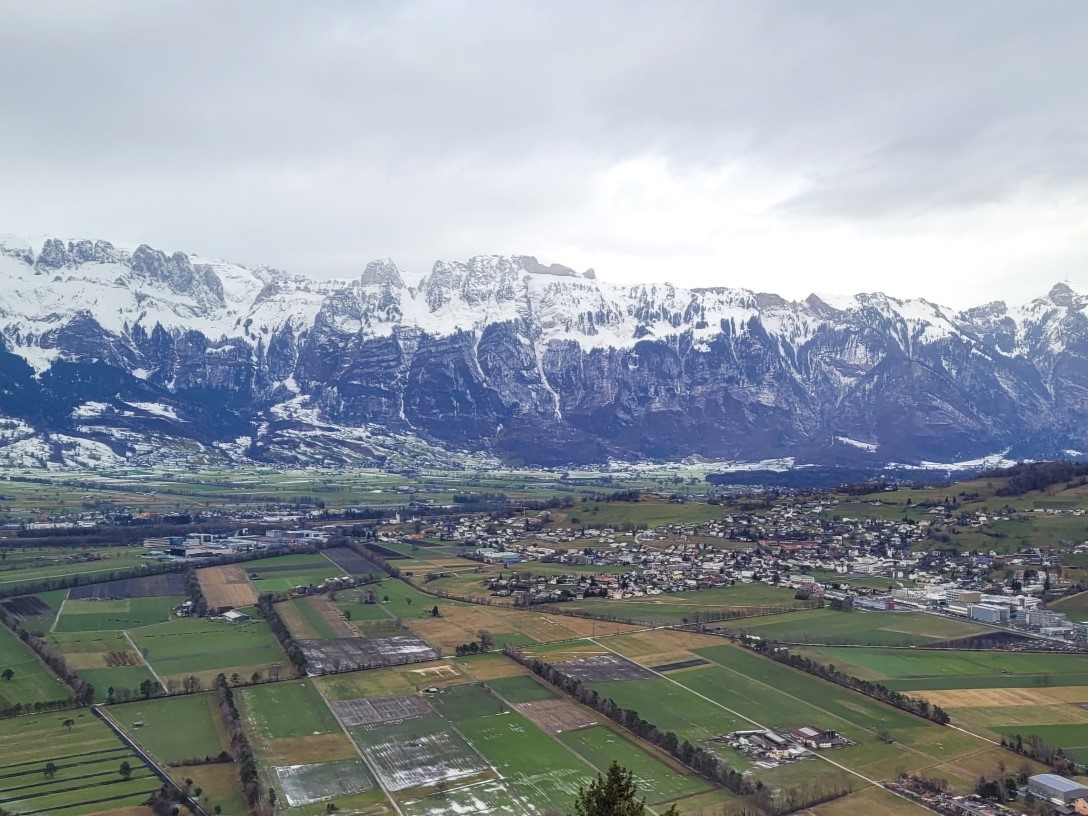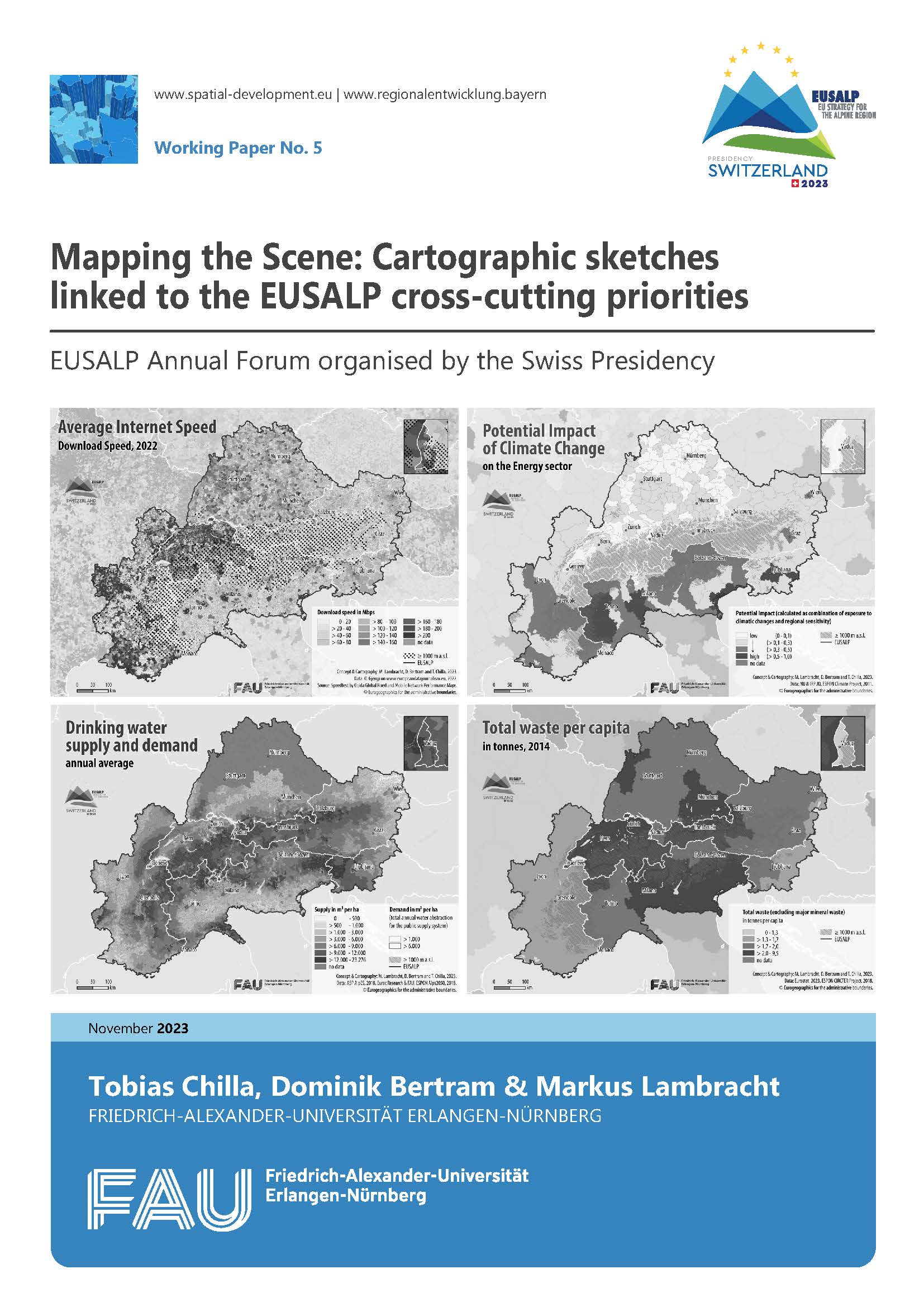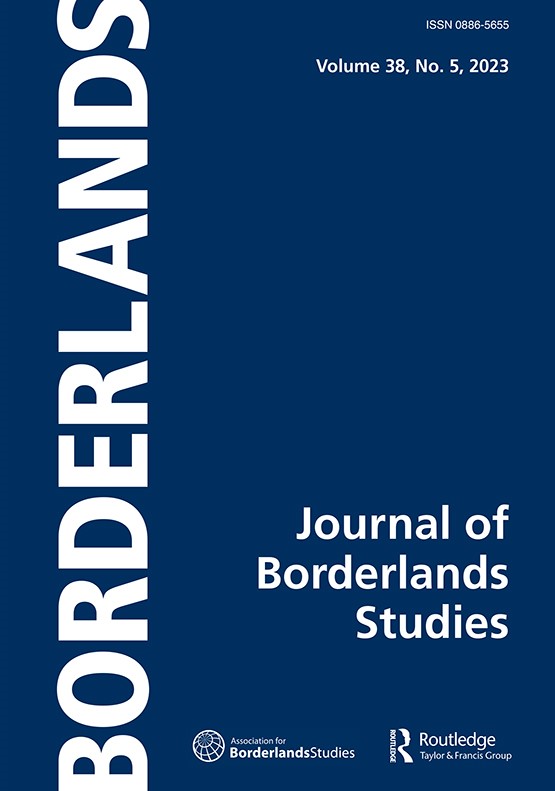Interface territories across the Alpine region: Final results online
The InTerAlp project (Jan-Nov 2024), funded by ESPON EGTC examined interface territories across the Alpine region. Alpine ‘interface territories’ are a highly relevant and interesting spatial category. By linking mountainous and inner-Alpine areas with pre-Alpine lowlands, they are a very specific territorial type: Highly dynamic flows and interdependencies as well as controversial stakeholder interests meet in a rather limited spatial framework. Organizing sustainable spatial development in thi...










